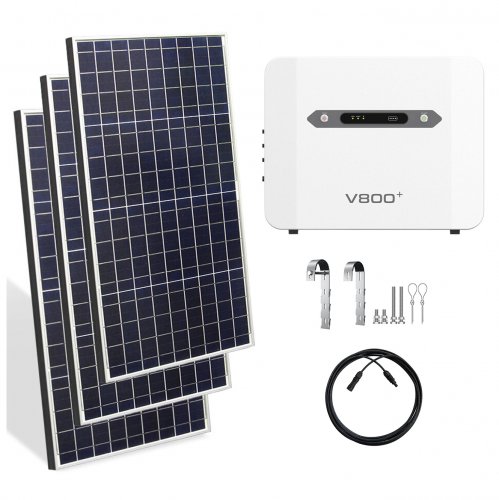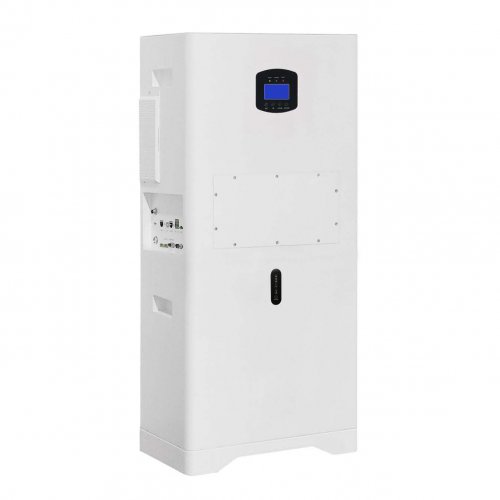Advances In Conductivity Enhancement: Novel Materials, Mechanisms, And Applications
The pursuit of enhanced electrical conductivity is a cornerstone of modern materials science, driving innovation across a vast spectrum of technologies, from microelectronics and energy storage to flexible displays and sensors. Conductivity enhancement refers to the strategic improvement of a material's ability to transport electrical charge, achieved through various physical and chemical modifications. Recent years have witnessed remarkable breakthroughs in this field, moving beyond traditional doping methods to embrace novel material systems, sophisticated nanostructuring, and the exploitation of unique quantum phenomena.
Novel Material Systems and Doping Innovations
A significant frontier is the development and refinement of two-dimensional (2D) materials. Graphene, with its inherently high carrier mobility, remains a primary focus. However, its lack of a bandgap presents challenges for digital electronics. Recent research has successfully mitigated this through advanced doping techniques. For instance, non-covalent functionalization with redox-active molecules like AuCl₃ or MoO₃ has proven highly effective. This approach transfers charge to the graphene lattice without disrupting its pristine sp² carbon network, thereby preserving its high mobility while significantly increasing charge carrier density. As reported by Zhao et al. (2022), such methods have achieved conductivity values in chemical vapor deposition (CVD)-grown graphene that rival those of exfoliated flakes, a critical step towards scalable production.
Beyond graphene, transition metal dichalcogenides (TMDs) like MoS₂ are being engineered for superior conductivity. Substitutional doping, where atoms like Niobium (Nb) or Rhenium (Re) replace Molybdenum atoms, introduces additional electrons into the conduction band. A landmark study by Zhang et al. (2021) demonstrated that heavily Nb-doped MoS₂ monolayers exhibit metallic behavior with a conductivity increase of over three orders of magnitude compared to their intrinsic semiconducting state. This breakthrough paves the way for highly conductive contacts in ultra-scaled transistors.
Furthermore, the realm of organic conductors has seen substantial progress. The development of high-mobility polymer semiconductors, such as donor-acceptor copolymers based on diketopyrrolopyrrole (DPP), has been accelerated by molecular engineering. By optimizing the polymer backbone and side chains, researchers have improved chain alignment and crystallinity in thin films, facilitating efficient intra- and inter-chain charge transport. These materials now demonstrate conductivities suitable for application in flexible organic light-emitting diodes (OLEDs) and printable circuits.
Nanostructuring and Percolation Theory
Another powerful strategy involves manipulating material architecture at the nanoscale. In composite materials, particularly polymer nanocomposites filled with conductive fillers like carbon nanotubes (CNTs) or silver nanowires (AgNWs), conductivity enhancement is governed by percolation theory. The goal is to form a continuous conductive network throughout the insulating polymer matrix with the minimal filler content.
Recent technological breakthroughs have focused on achieving a lower percolation threshold. Techniques such as electrospinning, ice-templating, and magnetic alignment are used to orient 1D or 2D fillers, creating optimal pathways for electron flow with less material. For example, Kim et al. (2023) developed a shear-flow assembly process that aligns CNTs within a polymer, achieving a percolation threshold below 0.1 wt% and a conductivity of 100 S/m. This not only reduces cost but also maintains the composite's mechanical flexibility and low weight, which is crucial for wearable electronics.
Ionic Conductivity and Solid-State Electrolytes
The field of conductivity enhancement is not limited to electronic conduction; ionic conductivity is equally critical, particularly for the development of next-generation batteries. The quest for all-solid-state batteries has ignited intensive research into solid-state electrolytes (SSEs) with lithium-ion conductivity rivaling that of liquid electrolytes.
A major recent advancement is the discovery and optimization of new structural families of superionic conductors. Halide-based SSEs (e.g., Li₃YCl₆, Li₃YBr₆) have emerged as promising candidates due to their high ionic conductivity (>1 mS/cm at room temperature), good oxidative stability, and ductility. These materials overcome the limitations of sulfides (stability issues) and oxides (high interfacial resistance). As shown in the work by Asano et al. (2023), engineering the crystal lattice through anion site mixing (e.g., Cl⁻/Br⁻) can create a more disordered pathway for Li⁺ ion hopping, further enhancing ionic mobility and pushing conductivities beyond 10 mS/cm.
Future Outlook and Challenges
The future of conductivity enhancement is bright and points toward increasingly sophisticated and multifunctional approaches. One promising direction is the use of strain engineering, where controlled mechanical strain is applied to 2D materials to modify their band structure and boost carrier mobility. Another frontier involves the exploration of topological materials, whose surface states are inherently protected from back-scattering, potentially enabling near-perfect conduction with minimal energy loss.
The integration of machine learning and computational materials design will also play a pivotal role. Predictive models can screen vast chemical spaces to identify novel dopants, optimal composite formulations, or new crystal structures for ionic conductors, dramatically accelerating the discovery process.
However, significant challenges remain. For electronic materials, achieving high conductivity often comes at the expense of optical transparency or environmental stability, a key trade-off for transparent electrodes. In composites, the long-term stability of the conductive network under mechanical stress and cycling is a concern. For ionic conductors, mitigating interfacial resistance against electrode materials remains the primary hurdle for commercializing solid-state batteries.
In conclusion, the field of conductivity enhancement is evolving at a rapid pace, driven by interdisciplinary research that bridges chemistry, physics, and engineering. The latest advancements in low-dimensional materials, smart doping, nanostructuring, and solid-state ionics are not merely incremental improvements but represent paradigm shifts in how we control and optimize charge transport. These innovations promise to unlock new generations of faster, more efficient, and more versatile electronic and energy storage devices.
References (Examples)Zhao, W., et al. (2022).Advanced Materials, 34(15), 210611 9. (Non-covalent doping of graphene)Zhang, K., et al. (2021).Nature Electronics, 4(8), 599–606. (Nb doping of MoS₂)Kim, J., et al. (2023).Science Advances, 9(12), eadf7201. (Alignment of CNTs in composites)Asano, T., et al. (2023).Nature Materials, 22, 1016–1023.
Customized/OEM/ODM Service
HomSolar Supports Lifepo4 battery pack customization/OEM/ODM service, welcome to contact us and tell us your needs.


HomSolar: Your One-stop LiFePO4 Battery Pack & ESS Solution Manufacturer
Our line of LiFePO4 (LFP) batteries offer a solution to demanding applications that require a lighter weight, longer life, and higher capacity battery. Features include advanced battery management systems (BMS), Bluetooth® communication and active intelligent monitoring.

Customised Lithium Iron Phosphate Battery Casing
ABS plastic housing, aluminium housing, stainless steel housing and iron housing are available, and can also be designed and customised according to your needs.

HomSolar Smart BMS
Intelligent Battery Management System for HomSolar Energy Storage System. Bluetooth, temperature sensor, LCD display, CAN interface, UART interface also available.


Terminals & Plugs Can Be Customized
A wide range of terminals and plugs can be customised to suit the application needs of your battery products.

Well-designed Solutions for Energy Storage Systems
We will design the perfect energy storage system solution according to your needs, so that you can easily solve the specific industry applications of battery products.



About Our Battery Cells
Our energy storage system products use brand new grade A LiFePO4 cells with a battery lifespan of more than 4,000 charge/discharge cycles.



Applications in Different Industries
We supply customized & OEM battery pack, assemble cells with wiring, fuse and plastic cover, all the cell wires connected to PCB plug or built BMS.
Applications: E-bike, Electric Scooter, Golf Carts, RV, Electric Wheelchair, Electric Tools, Robot Cleaner, Robot Sweeper, Solar Energy Storage System, Emergency Light, Solar Power Light, Medical Equipment, UPS Backup Power Supply.
We can provide you with customized services. We have the ability to provide a vertical supply chain, from single cells to pack/module and to a complete power solution with BMS, etc.


HomSolar (Shenzhen) Technology Co., Ltd
























